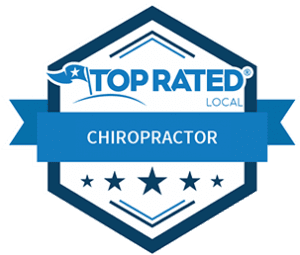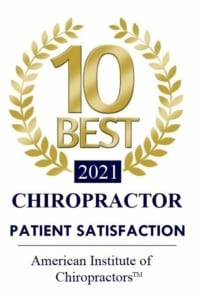Simple Lifestyle Changes For Back Pain Relief
At some point, every patient who experiences back pain is going to ask themselves “Why?”
With the exception of major trauma or a disease discovered through imaging, such as spinal stenosis, disc degeneration or degenerative disc disease, arthritis or degenerative joint disease, it’s hard to tell exactly where an individual patient’s pain originates. In most cases, lower back pain can be traced to a series of cumulative mini-traumas. A lifetime of wear and tear can catch up to us quickly. The good news is that simple lifestyle changes can prevent or, in many cases remedy an aching back.
Stand up for your Back
A great deal of lower back pain (and even diseases such as degenerative disc disease and spinal arthritis) is caused by sedentary lifestyles. Sitting can increase the pressure on your lower back by nearly 40%, compared to standing or lying down. Ironically, recliner chairs often exacerbate the issue, causing even more stress on the lower back. And it’s not just your back that suffers. Doctors warn that spending too much time sitting down can lead to or exacerbate an array of physical ailments.
Don’t Sit This One Out
Many people assume that exercise counteracts the negative effects of sitting down for hours at a time, however, this is not the case.
The world was shocked when researchers announced in 2013 that “sitting is the new smoking” with evidence that people in sitting jobs, like office workers and truck drivers, suffer from more health issues and die younger when compared to those in more active occupations, such as construction workers and surgeons.
Unfortunately for the athletes, we see this trend regardless of the fitness level of the individual. Exercise may help, but it doesn’t make you impervious to the negative effects of a sedentary lifestyle.
If you have back pain, do what you can to change your lifestyle and work habits. A standing desk is a worthwhile investment for those who work at a computer. If you don’t have that option, make sure you stand, walk, and stretch as often as possible.
Keep It Moving
If your back hurts, moving your body may be the key to relief. As it turns out, movement, in general, helps keep back pain at bay. Research has shown that people who regularly perform low-impact exercises, such as walking, yoga, and stretching, are less likely to experience chronic back pain than those who are sedentary.
Walking and stretching aren’t your only options of course. Those looking for more variety should consider other popular low-impact activities as well, such as Tai Chi, cycling, or water aerobics.
Unless you’re experiencing some neurological problems with your back (like numbness or tingling, bowel or bladder dysfunction, shooting pains down your arms and/or legs or muscle weakness) walking and light stretching may get your back on track!
Don’t Carry The Weight of The World On Your Shoulders
If you have back pain, weigh your bag. Whatever it is that you carry with you, bag, purse or backpack, put it on the scale. If it weighs more than 10% of your body weight you may have found the culprit for your back pain. This means that a 150-pound adult should carry no more than 15 pounds on a regular basis.
This is especially problematic for children and students carrying gargantuan backpacks. I frequently see students with back pain who remarkably recover when we lighten their load.
Women who carry heavier-than-advised purses are getting double the trauma because their bag is usually carried on just one shoulder, causing a significant imbalance. This will, inevitably, lead to back pain.
Don’t overload yourself, or your back may pay the price. Respect the 10% rule and balance your loads across your body— left to right and front to back.
Be Kind to Your Body
Avoid sitting for long periods without breaks. Move your body as often as you can. Don’t overburden a painful back and make sure you keep the weight balanced when carrying a load. Being kind to your body and mindful of what your body needs will go a long way in fixing any back pain you may have.







